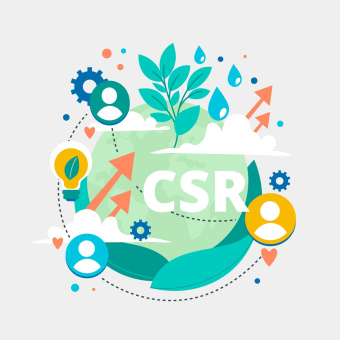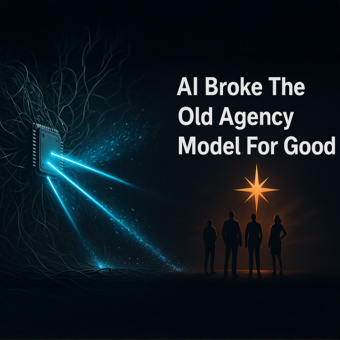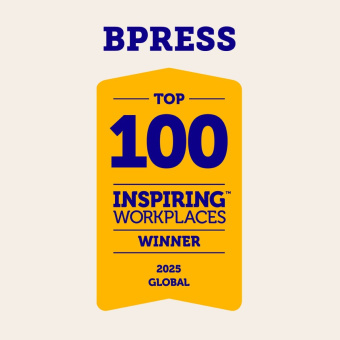
Black Friday 2025: Insights from the Campaigns That Broke the Mold
Black Friday has evolved far beyond its origins as a one-day retail frenzy. In 2025, the most memorable campaigns aren’t just selling products – they’re communicating identity, values, and cultural positioning. For communication professionals, these examples demonstrate how brands can use global shopping moments not only to drive revenue, but to shape narrative and strengthen long-term relationships. Here is a view of the previous year’s most memorable Black Friday campaigns:
Fashion Nova: FOMO, Speed, and the Power of Influencer Alignment
Fashion Nova leaned into an aggressive, discount-driven model, pushing flash sales up to 90% off and rolling out hourly product drops amplified by influencers like Kylie Jenner and Cardi B. While this approach is traditional on the surface, what set Fashion Nova apart is its mastery of real-time communication cycles. Their Black Friday content moves at the same pace as their audience: fast, reactive, and influencer-driven.
By using Instagram and TikTok creators to announce rapidly changing deals, Fashion Nova transformed Black Friday into a shared social experience. Every new drop became a mini-event, generating FOMO through concise messaging and peer-driven credibility. From a communications perspective, this strategy shows how speed and social proof can outperform even the deepest discounts. The brand sells not only affordability but belonging – tapping into a community that expects constant novelty and thrives on viral energy.



















